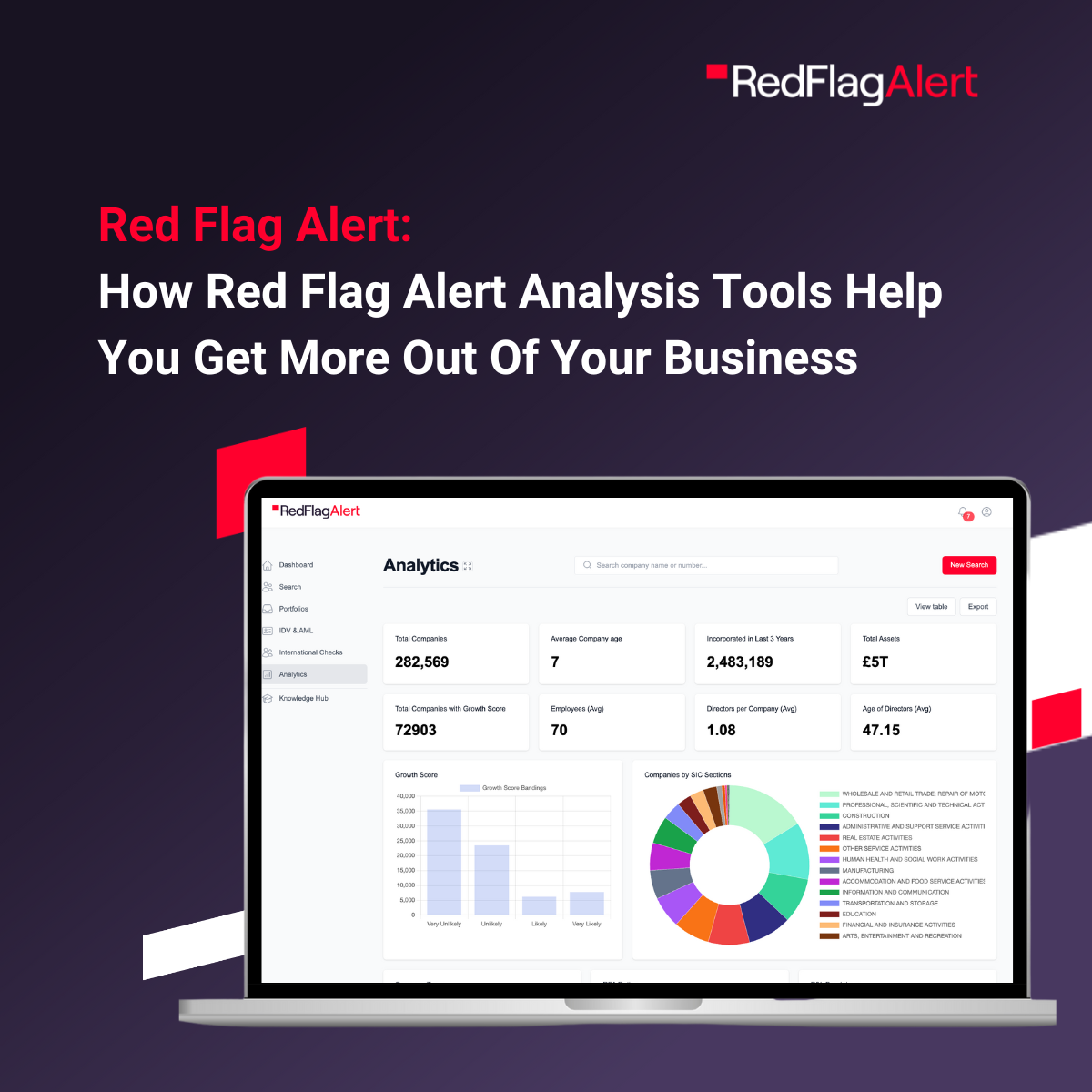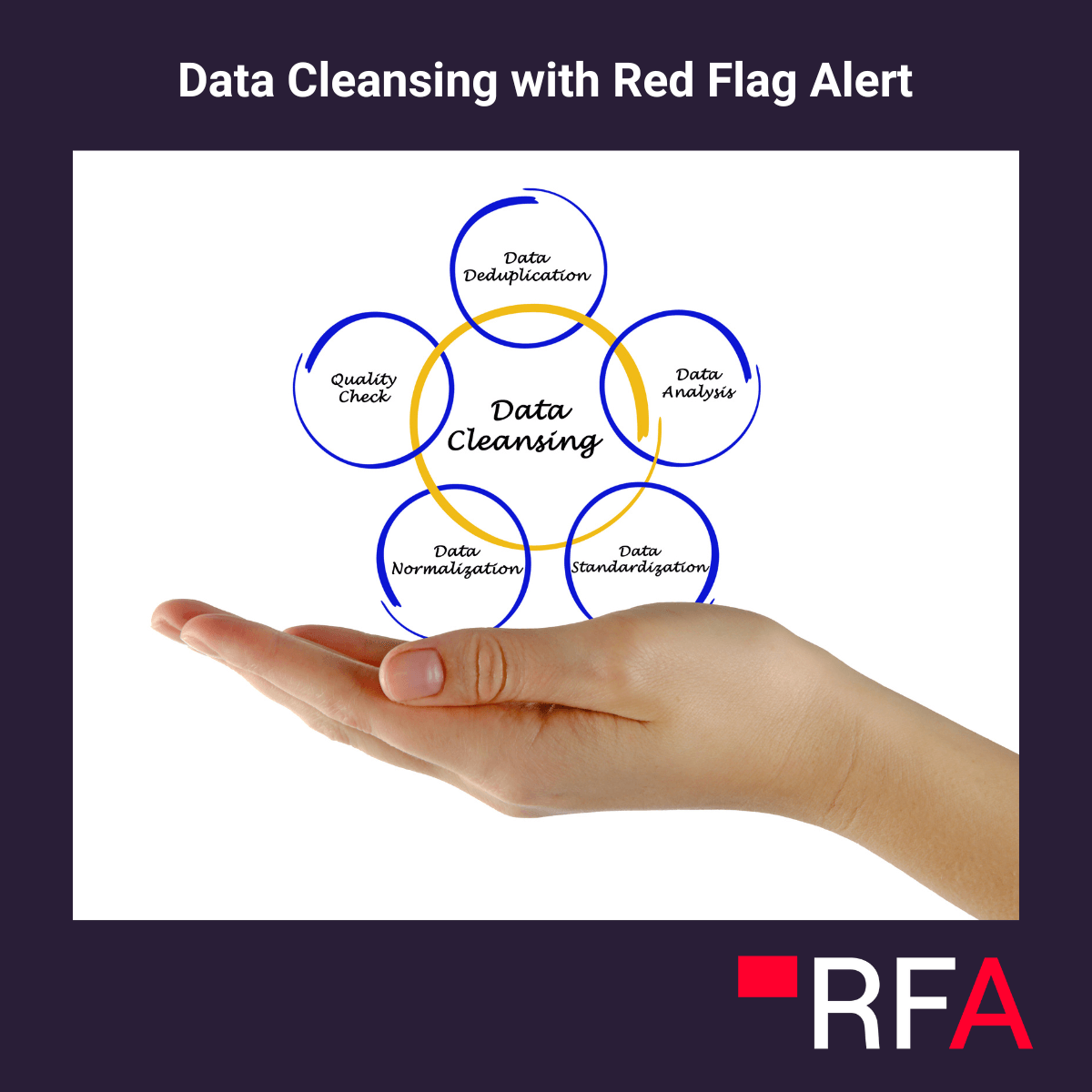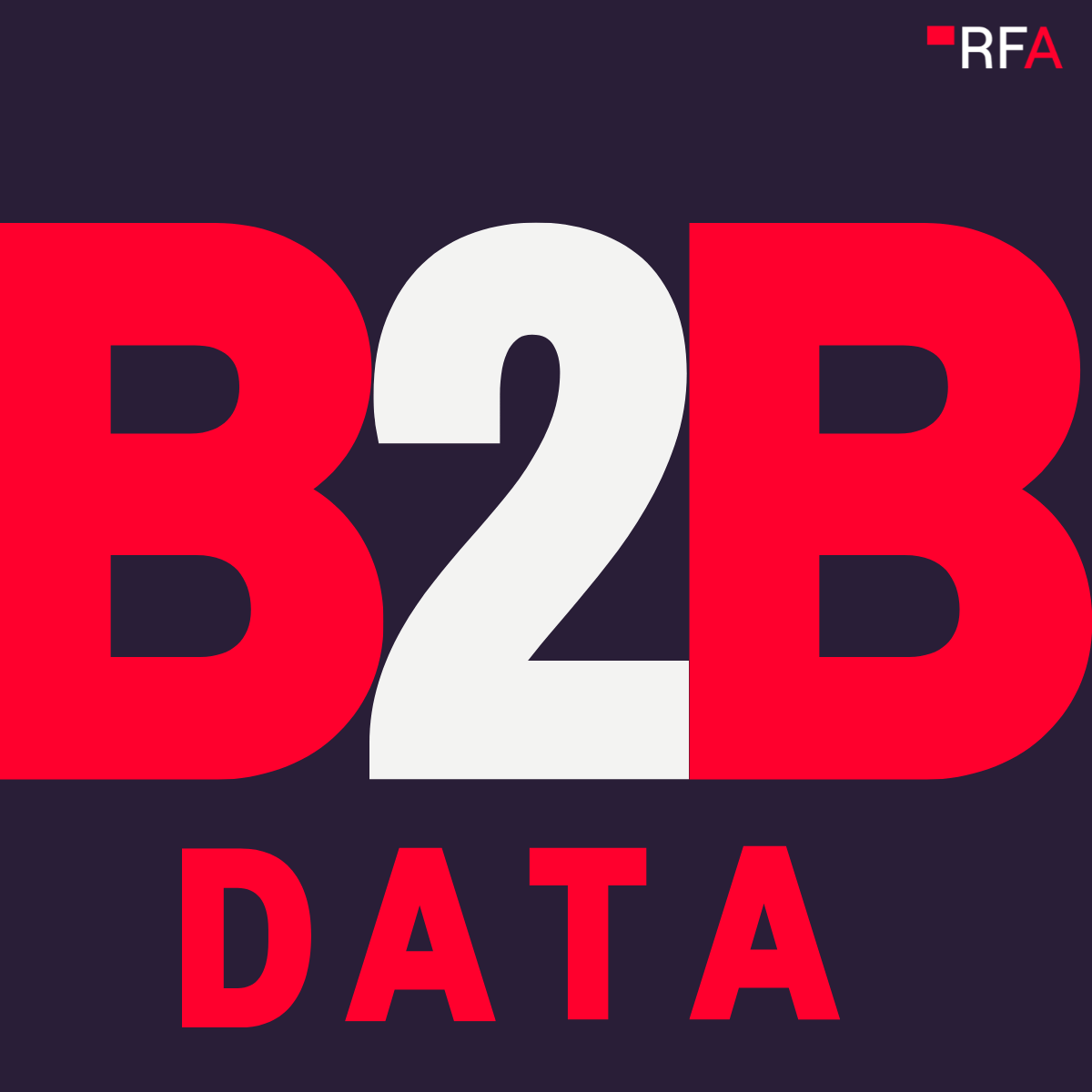An effective sales pitch is a crucial part of the sales process. This is especially true for B2B sales teams, as research by Gartner found that personal interaction with a salesperson is the most influential sales activity.
In the B2B world, a successful pitch can be the difference between making the sale and walking away empty-handed. You need, therefore, to make every pitch a good one. And, in order to consistently produce winning pitches, you’ll need a repeatable strategy you can use with multiple leads.
This doesn’t mean using the same pitch with multiple clients.
Instead, it means having a set method you can use to create effective pitches that are tailored towards a lead’s specific needs and problems.
Sales Pitches: A Monologue or a Dialogue?
Traditionally a pitch involves the salesperson talking at the buyer, convincing them that their product is the best thing for their company.
However, we believe that ensuring your pitch is part of a sales dialogue is the most effective way to sell. During this process, you’ll get to know the lead, their company, and the problems they need to solve.
Formal sales presentations in which the seller is expected to deliver a monologue can still be part of this process. This can be done by anticipating the buyer’s questions and concerns and tailoring the pitch towards dealing with these issues.
The importance of doing this is shown in research by the University of Memphis which found that there was a major disconnect in the way buyers and sellers viewed knowledge in a sales presentation.
While sellers thought product knowledge would make their sales pitch more effective, buyers wanted sellers to talk about how the product would help their company. Essentially, they want sellers to produce ‘adaptive’ presentations that respond to their exact needs, rather than give general presentations on the benefits of the product.
Six Steps to Delivering the Perfect Pitch
The following six steps can be used to produce winning sales pitches. The steps in this guide are for face-to-face sales pitches. However, they will work just as well when adapted for written pitches if required.
We’ll illustrate each step by including an example of how our team as Red Flag Alert will implement the step in our sales process.
Step One: Collect Information About the Buyer
In order to produce a pitch that is tailored towards a specific company, you’ll need to find out as much information as possible about the buyer and their needs.
At Red Flag Alert, we specifically try to find out why a lead is interested in our service as well as the problem they are hoping the product will solve. This information can be found through lead generation forms or simply by contact with the lead before the pitch.
Once we have this information, we gain further intelligence by looking at our data to find out information about their company that could help with the sales process.
For example, we could use knowledge about the number of employees at a company to offer specific advice about how Red Flag Alert data can help a business of that buyer’s size. Alternatively, knowledge of the company’s financial situation could help us offer a solution at an appropriate pricing level.
More specifically, as Red Flag Alert is an excellent solution for avoiding bad debt we can quickly find businesses that have experienced recent and severe financial distress – proposing Red Flag Alert as the perfect way to mitigate risk.
Step Two: Empathise with the Buyer
When you begin your sales presentation, you should empathise with the problem the business is facing. Showing you understand their specific challenges gives the lead confirmation that you aren’t going to waste their time and that your product can be of use to them.
Red Flag Alert would start a pitch to a buyer struggling to find high-quality leads by showing them we understand why finding good leads is both important and often difficult.
This would include details like acknowledging how annoying it can be when sales teams waste time selling to companies that appear to be perfect leads, but fail credit tests. Or how companies working in small industries struggle to find the best prospects to target.
We’ll then make it clear that the rest of the pitch will focus on how our solution can help the company find better leads.
Step Three: Build Credibility through Stats and Examples
In the next stage of the presentation, you can begin to build credibility by talking about how your product has helped other businesses. It’s a good idea to use examples that show your product helping companies in a similar position to the potential buyer.
Statistics are an effective way to back up things you are saying. For example, when showing how Red Flag Alert helps companies find leads, we could mention that we helped Power Solutions increase sales conversion by 123%, in part due to helping it explore new areas where fresh leads could be found.
Another way to build credibility is using testimonials from existing customers. These work as social proof that your product works as you say it does. If you are doing a written sales pitch, you could even send the lead case studies that talk about specific examples in more detail.
Step Four: Offer Detailed Solutions that Relate to Their Business
When you are moving towards the end of the sales pitch, you can begin to include specific solutions that relate to problems the business is facing. This is where data is crucial as the more aligned these examples are with the target business, the better.
Red Flag Alert has helped business in many industries and, as such, has a lot of information about how our product helps companies in sectors including utilities, law, insurance and more. We can easily adapt this information when pitching to new clients in these industries.
For example, when pitching to law firms looking for high-quality leads, we could explain how our tools help law firms segment the market to help them build a perfect pipeline of clients. This is industry specific as many law firms rely on referrals for new business and are open to building a new pipeline of customers.
Step Five: Be Clear on the Next Steps the Buyer Needs to Take
The final stage of the presentation is to talk about the next steps the customer can take to move the sales process along. This could be one of many things, including setting up a free trial so the client can test out your service or beginning to negotiate terms.
Ensuring the prospect is clear on the next steps means there will be no confusion about what needs to be done to further the sales process. At Red Flag Alert we offer a free consultation in which we speak with the buyer to show them the exact ways that Red Flag Alert could help their company.
Step Six: Practise Your Pitch
Once you’ve created your sales pitch, the last step is to practise it until you feel comfortable making the presentation.
One thing to look out for during this stage is the length of the presentation. This is important as research suggests buyers prefer shorter presentations. This study goes as far as to suggest that some buyers find sellers who produce long presentations to be inconsiderate of their time.
Red Flag Alert Can Help You Deliver the Perfect Sales Pitch
Red Flag Alert is the perfect tool for businesses that want help delivering the perfect sales pitch. We provide in-depth data on every business in the UK which can be used to provide sales teams with the intelligence they need to sell effectively. Features of our data include:
- Data updates in real time from over 10 leading sources, ensuring sales teams have access to the most relevant information.
- In-depth and providing insight into everything from who the company directors are to detailed financial health metrics.
- Sales teams can easily integrate the data into their existing CRM solution, making it easy to use by anyone with access.
- With 100,000 updates every day, sales teams can use new information in sales presentations; it’s incredibly powerful using data that is only a few days old to show you’re paying attention.
To learn how Red Flag Alert’s B2B prospector tool can help your business grow, get started with a free trial.




